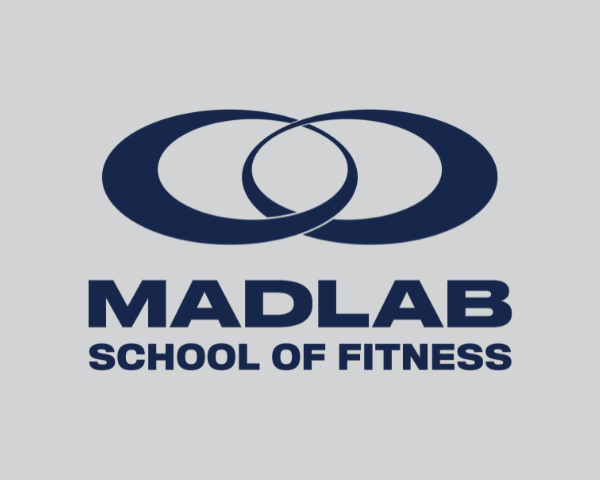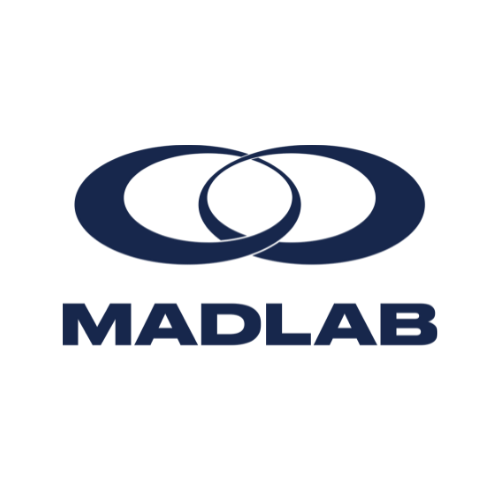THE BIGGEST PROBLEM INDEPENDENT GYM OWNERS FACE TODAY?
The biggest problem CrossFit affiliates and independent gyms face today comes down to one simple acronym: ACV (average client value).
In other words:
- Clients aren't paying enough
- Retention sucks (Churn rates at most gyms are dire)
- In gyms that do group fundamentals or group OnRamps, the annual churn rate is 70-80 percent, meaning 7 to 8 out of 10 new clients don't stick around for even one year.
Some of you might be feeling a sudden urge to argue with me…
You might be thinking, 'My gym has great client retention, and we do group fundamentals,' or 'It's impossible to charge more money in my market. People won't pay for personal training here.'
Let me explain my position:
This isn't my opinion. I'm not just shooting from the hip. My statement about the ACV being dire at most affiliated and independent gyms that do group intros, fundamentals, and OnRamps comes from looking at data gathered from more than 2,000 gyms over the last 15 years.
When it comes to the scientific method, Madlab Group has moved beyond just conjecture and hypothesis, and we're developing pretty solid theories and laws.
A Quick Background about the Data:
A business's decisions should work for all three parties—client, coach and the business—a pretty simple concept. This has and will always be our prime directive. During our 15 years of collecting data, we were interested in uncovering the following: Best practices for the coach, best practices for the clients, and best practices for the business.
First, let's take a look at what we want from each party:
- From the client, we want: A high client retention and a high client value (again, how much are they paying you, and how long are they sticking around?)
- From the coach, we want: High coach retention and high coach pay (the higher the coach's dollar per hour, the more likely they will stick around). As mentioned in a recent article about why you shouldn't pay your coaches by the hour: Have you ever had a coach make $ 100,000 and quit on you the next year?
- For the business, we need: A high EBITA (earnings before taxes, interest and amortization) and the ability to build a sellable asset.
When considering the above, our mission for the last 15 years has been to discover what works best in the client development process. What are the best ways to bring in and develop clients that will bring us success in all three of the above areas?
We started with a mastermind group in 2007 and 2008 (a collection of 12 of the top CrossFit affiliates back then), who shared their financial numbers each month, as well as what their client development process was like. From there, we took a team of 7 top gyms in 2012 (our alpha team), a team of 33 gyms in 2013 (our beta team) and 55 gyms in 2014 (gama team) to figure out best practices. We also analyzed a study conducted at Harvard University that examined ACV at various affiliated gyms and 2014/2015 Zen Planner research that looked at the ACV at 1,600 gyms.
All of the above—our mastermind group, our alpha team, beta team, gama team, the Harvard study and the Zen Planner study—discovered the same thing regarding the client development process.
Now we're going to break down each step of the way and discuss what works best in each area of the funnel. Again, when we talk about what works and what doesn't work, we're talking about what is best for your average client value (how much are they paying you and how long are they sticking around).
So let's start with your first point of contact, intro to your gym and client assessment, which all go hand-in-hand. In other words, this is the time when you have to wear your salesman hat and show the prospect you have a solution to their problem.
STEP 1: First Point of Contact/Intro/Client Assessment
What doesn't work: Group introductory sessions and assessments
This includes bring-a-friend days, a free Saturday intro class, Groupons, or offering a free week or a trial month, where people can just come in and join a group workout on their first day.
The Harvard study showed when you switch from a group to a one-on-one introductory session; your revenue will increase by 30 to 50% in the first six months of making the switch.
What does work: One-on-one introductory sessions and assessments
Generally, the first point of contact with a prospect is simply a conversation between the coach and the prospect, where they try to discover the person's pain, meaning the reason they are there in the first place and what they want. This isn't the superficial, "I just want to get more fit" reason. It's the, "My daughter won't let me babysit her kids because she doesn't trust I am physically able," discovering this pain is impossible to do in a group environment.
Showing the prospect you have a solution to their pain means they will see the value in what you have to offer. Then begins the client assessment, which again needs to be done in a one-on-one environment with the same coach who met with the client the first day.
On an anecdotal level, when I first began coaching I was just desperate to get people through the door, so I offered free trials and bring-a-friend days and all sorts of things just to get people to step into the gym. Oftentimes, it was a ton of effort and energy for little to no result in terms of picking up new clients. When I switched to bringing someone in for a one-on-one conversation on the first day (we don't even workout…we literally just talk for 15 minutes to an hour), my close rate jumped to 90 percent. 9 out of 10 people come through the door now, I close.
STEP 2: Fundamentals:
What doesn't work: Group fundamentals (This includes group OnRamps and Bootcamps etc.)
What does work: You guessed it: One-on-one personal training (we suggest 15 to 25 personal training sessions with a coach in a one-on-one environment). These sessions should be done with the same coach who conducted the intro day, so the coach and client establish and start fostering a long-lasting relationship.
The Zen Planner study found that the lower the student to coach ratio during fundamentals, the better (one-on-one personal training being optimal).
The study also found that churn rates decreased to 10-30% with one-on-one fundamentals in the first year. In comparison, churn rates with 3-on-1 fundamentals or more were 70% (meaning 70-80 percent of the people who go through a fundamentals class with two other people or more don't stick around the gym for even one year).
I used to attempt two-on-one and three-on-one fundamentals to save people money. The result: I never truly got to know the people I was training, and more often than not, one or two of them would never transition from fundamentals to group classes. Switching to one-on-one fundamentals means my relationships with clients are stronger. They get more fit because they receive more individual care. The transition to a hybrid membership (combo of group classes and personal training) has been seamless.
STEP 3. Hybrid Membership: From 3-6 Months, 1 Year, 3 Years to 5 Years and Beyond:
What doesn't work: The "graduate people to classes and hope they stick around" method, meaning clients start going to regular group classes, and you treat them as though they're suddenly self-sufficient and no longer need one-on-one attention, guidance and/or personal training.
What works: A blend of group classes and ongoing, periodic personal training sessions with the personal coach (private sessions are typically once a week, once a month, once a cycle or once a quarter, depending on the client's wants, needs and budget).
This comes down to the loyalty built between the coach and client and the recognition from the client about the value of having a coach in their corner for life.
In the first three to six months of including group classes in a client's membership, it's best to meet with the client more frequently (once a week to once a month), and after that, as the client becomes more self-sufficient. The gym becomes a habit; this can be reduced to once every six weeks or once a quarter. However, should injuries occur or other circumstances in life, the best way to regain commitment is to return to more personal training and re-establish the connection with the coach.
Since introducing hybrid memberships, my client retention has skyrocketed. I no longer have clients I haven't seen in three months because they stopped going to morning classes and started attending evening ones (I only coach mornings). I no longer have clients who quit on me via text message. My relationships and my ACV are better than ever since introducing hybrid memberships and ongoing personal training three years ago.
Step 4: Create a Referral Culture:
Now let's go back to the first two boxes on the left: Sphere of influence and creating a referral culture.
In short, the better the relationships you have with your clients—i.e. the more 5-plus-year members you cultivate—the more likely you are to create a strong referral culture.
Referrals will always be your best prospects: Any gym owner can attest to that. And they will be the key to stopping you from getting suckered into things that don't create high-value clients or increase your ACV, such as Groupon or 6-week challenges or Gym Launch, or whatever the latest fad in the industry is telling you to do. Those are simply desperate, very short-term, band-aid-like attempts to bring in new people to stop the business from bleeding.
Conjecture. Hypothesis. Theory. Law? Maybe one day.
Menu
Contact Us
1980 Clark Drive
Vancouver, BC Canada
V5N 0A9
info@madlabbusiness.com
Follow Us

Copyright © 2023 Madlab Business. All Rights Reserved.

